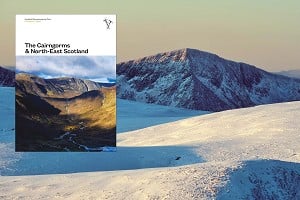
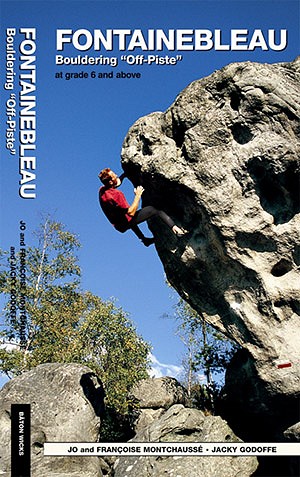
As expected this new guide documents many of the new boulder problems that have been opened in recent years during an intense flurry of exploration by the Bleussards and visitors to the Forest, in the range of Font grade 6 to the mighty 8b. However to create a guide that only highlights the new problems in the usual sectors and beyond would be a fairly anaemic affair and the authors have addressed this in an interesting way. They have taken the original boulder layouts and included well-known problems that are on the circuits to locate a starting point. You can then go 'off piste' at will while still remaining in the familiar territory of the classics. The end result is that almost 3000 problems have been described with plenty of new problems included, but in sectors with familiar names making them easily locatable.
The referencing of classic problems dovetails well with the pink guide in that the numbered and coloured circuit problems from that guide are buddied up with the new numbers of the corresponding problem in the blue guide. Confusing? Well it's not as hard as it sounds and, although you may be juggling guides at this stage, we have to remember where we are.
The bouldering is split into geographical areas around the main towns, Milly, Nemours etc. and the colour-coded pages identify each town region. The climbing areas within that region are then highlighted in a logical fashion with maps for getting around finally rivalling, and even bettering, the 7 and 8s guide which, after the Pink guide's maps, is very welcome.
The circuits are chopped up into the smaller areas, named after some of the classic problems, and that's when you start to see this guide for what it is. The many problems that are not included in the well-known circuits are shown and then new sectors that you sensed were out there on the periphery and not previously described, begin to appear.
The topos are the classic 'from above' style with improved graphic design, and the listed climbs have a familiar feel about them with 'problem style' symbols not unlike a guide book producer's far from home. These may look similar to the Rockfax symbols but on closer inspection there is a marked difference in meaning and, although they are helpful, they are thankfully kept to a minimum.
There are a smattering of nice photo-topos that sit inset of the main topos and these tend to focus on singular blocs at the upper end of the grades in the area. There are some pictograms included in the margin of the pages to tell the user how long an area takes to dry, and how popular it is but, again, these are fairly unobtrusive and you can choose to use them or loose them while you skim the pages.
The detail in the topos is to be commended, however the way in which the problems are diagrammed can take a bit of getting used to, as can some of the directions on the maps. For example, a system of four coloured and itemised arrows to the car par or the next sector is a bit faffy and, by the time you have figured these out, your psyche may well be fading! However a little pre-thought and planing can make these problems seem inconsequential, since when you are going 'off piste', you would expect to be doing your homework before hand anyway.
The book has the usual introduction on how to spot properly and the promotion of use of bouldering mats, with a small amount of history and so forth. However, these are kept to a minimum and it is clear that the authors expect the reader to be a seasoned Font explorer rather than a Bleau virgin. This is again highlighted at the back of the book with practical information on how to get to Font, where to stay and shop, and what to do if it rains (as it usually does) all crammed into one text page. So it's fairly clear that this is not really a guide for the first-time Font visitor but more for those who wish to get away from the honey-pots and experience new areas and problems. It complements the Pink guide rather than replaces it.
The photos are full colour and, as you would expect from the Font locals, of a high standard making the mouth water, with the phrase "never been there, that looks a bit good", being the repeated mantra. There are a few turkeys however, but in the main the shots are of gorgeous sun-kissed blocs with some great action on quality-looking lines. I particularly love the opening shot on page 174 of a snowy scene near Milly, with a very familiar boulder that looks as though it could be at the Stanage Plantation on a superb, sunny January day. As ever the mottled effect of light on rock that the Forest gives in the majority of pictures is simply stunning and makes you want to be there.
As in the previous guides there are plenty of Font anecdotes included in amongst the topos which provide some light relief while you work your way round the maze of maps and problems. However, I'm sure some of the humour has been lost in translation, but don't let that put you off, as most are informative and thought provoking.
A new fact box has also appeared in amongst the problem lists, 'the buzzy bee box'. This gives environmental and green information to the Forest and the impact boulderers are having on it. From how long it takes a banana skin to decompose, to the continued message of 'wipe your feet!', it's all good commonsense stuff.
Although I've not had chance to field-test the guide, the grades seem very consistent with the old guides and, as I don't climb at the cutting edge, it would be folly for me to comment further, however it is safe to say that, if anyone knows their Font grading system, these guys do!
The guide is the same size as the Pink one, albeit with a matt card cover, which I feel is a step backwards from the laminated cover of its predecessor. However, if looked after, this guide should last a fair few visits as it is slim but solidly built.
In summary, this new guide is big step forward in the sometimes-baffling climbing areas in the Forest and it's clear that this has been a huge undertaking for the authors, finally unleashing their secrets to the world. It does the job of taking you 'off piste' from the circuits admirably and makes your head hurt when you start to try and take in the vast amount of blocs and boulder problems that have now been documented. However the final part of the guide's job will make your head hurt even more and, if you love exploring and opening problems of your own as much as I do, it makes you wonder how many there are still left out there to be claimed in the bouldering wonderland.
All in all it's a great production from the much-respected players in the Forest and therefore it's a must-buy for all Font bouldering devotees. So get down the shops - allez!

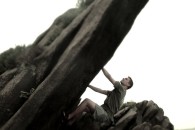

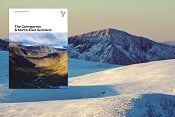
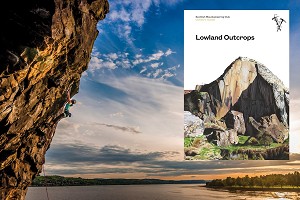
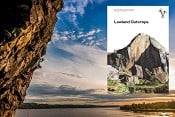


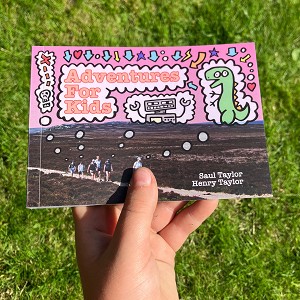
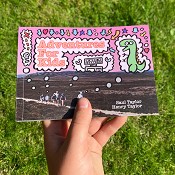
Comments